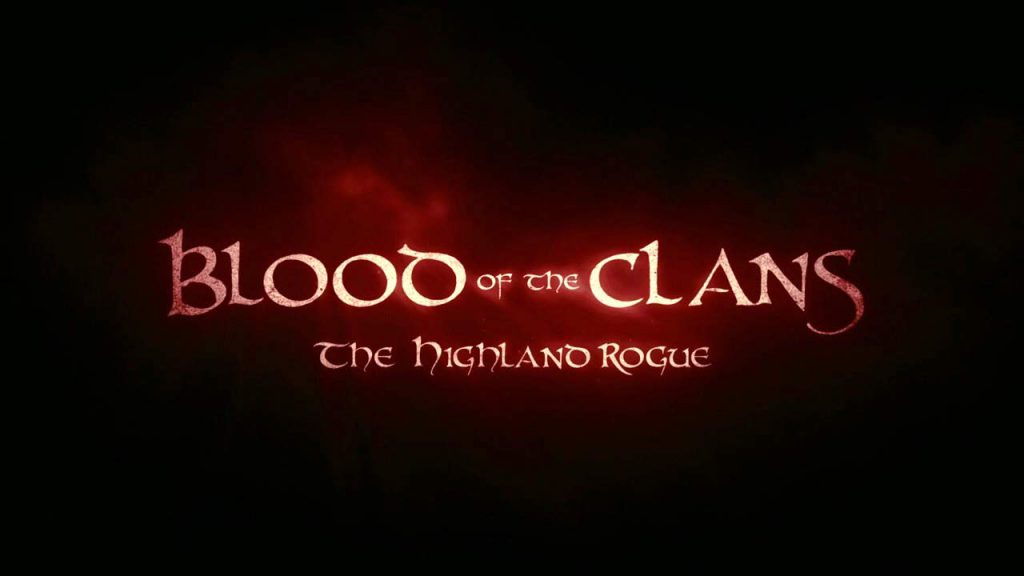Blood of the Clans episode 2 – The Highland Rogue: Neil Oliver turns his attention to a true Scottish legend – a certain Rob Roy MacGregor. For centuries, Rob has been celebrated as a colourful Highland maverick, as a well-intentioned rogue – Scotland’s answer to Robin Hood. But what is the true story? How did a humble cattle trader, born to an impoverished and disgraced clan, come to be despised by the most powerful noblemen in the land? How did Rob Roy become Britain’s most wanted man?
Neil Oliver presents a drama-documentary series telling the tales of Scotland’s most epic and bloody conflicts and the characters who made their mark in this memorable era of the country’s history.
Blood of the Clans episode 2 – The Highland Rogue
Rob Roy MacGregor
Robert Roy MacGregor was a Scottish outlaw, who later became a folk hero. Rob Roy was born in the Kingdom of Scotland at Glengyle, at the head of Loch Katrine, as recorded in the baptismal register of Buchanan, Stirling. His parents were the local Clan MacGregor Tacksman, Donald Glas MacGregor, and Margaret Campbell. He was also descended from the Clan MacDonald of Keppoch through his paternal grandmother.
In January 1693, at Corrie Arklet farm near Inversnaid, he married Mary MacGregor of Comar (1671–1745), who was born at Leny Farm, Strathyre. The couple had four sons: James Mor MacGregor (1695–1754), Ranald (1706–1786), Coll (died 1735) and Robert (1715–1754—known as Robìn Òig or Young Rob). It has been argued that they also adopted a cousin named Duncan, but this is not certain.
In 1716 Rob Roy moved to Glen Shira for a short time and lived under the protection of John Campbell, 2nd Duke of Argyll, also known as Red John of the Battles, “Iain Ruaidh nan Cath”. Argyll negotiated an amnesty and protection for Rob and granted him permission to build a house in the Glen for the surrendering up of weapons. “Traditionally the story goes that Argyll only received a large cache of rusty old weapons.” A sporran and dirk handle which belonged to Rob Roy can still be seen at Inveraray Castle. Rob Roy only used this house occasionally for the next three or four years.
In July 1717, Rob Roy and the whole of the Clan Gregor were specifically excluded from the benefits of the Indemnity Act 1717 which had the effect of pardoning all others who took part in the Jacobite rising of 1715.
Rob Roy participated in the Battle of Glen Shiel in 1719, in which a British Government army with allied Highlanders defeated a force of Jacobite Scots supported by the Spanish. Two of the Jacobite commanders, Lord George Murray and the 5th Earl of Seaforth, were badly wounded. Some accounts claim that Rob Roy himself was wounded, but the actual text of Ormonde’s account of the battle provides no evidence for this claim. Instead, it states that Seaforth was wounded: “Finding himself hard-pressed, Lord Seaforth sent for further support. A reinforcement under Rob Roy went to his aid, but before it reached him the greater part of his men had given way, and he himself had been severely wounded in the arm.”
Sometime around 1720 and after the heat of Rob Roy’s involvement at the Battle of Glen Shiel had died down, Rob Roy moved to Monachyle Tuarach by Loch Doine. Sometime before 1722, he finally moved to Inverlochlarig Beag on the Braes of Balquhidder.




